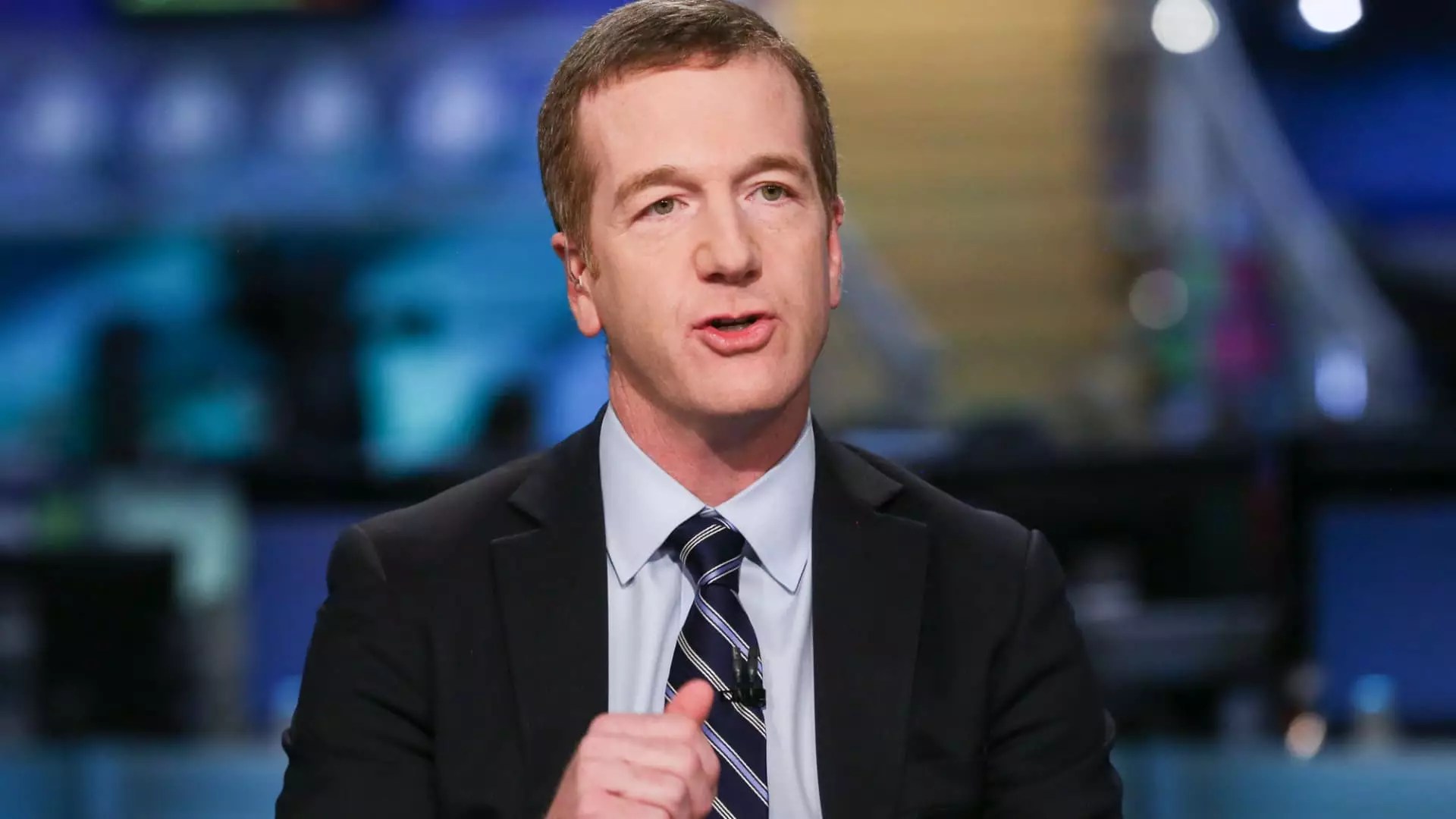Morgan Stanley’s chief investment officer, Mike Wilson, recently hinted at a significant turnaround for U.S. stocks after a dismal period. While there’s excitement about potential gains, one must wisely interrogate this optimism. A “low-quality rally,” as Wilson describes the current upward trend, raises flags over the sustainability of such movements. The echoes of a short squeeze reverberate ominously, signaling that what appears to be a renaissance might merely be a momentary rebound. Investors should treat this development with cautious optimism, grounding excitement in scrutiny rather than blind faith.
Stabilization of the Magnificent Seven
Among what Wilson refers to as the “Magnificent Seven”—a cohort consisting of tech giants like Apple, Nvidia, and Tesla—one must question the implications of their performance on broader market health. While their revival contributes to rising indices, one must ponder whether this concentrated strength translates to an actual recovery for other segments of the market. The idea that the fortunes of a select few can buoy the entire index is tempting yet potentially perilous. The other sectors might still languish behind, and what good is a rising market buoyed by only a handful of players if the underlying structure remains weak?
Economic Indicators: Friend or Foe?
Looking closely at the data, the positive indicators Wilson mentions, such as lower rates and favorable seasonals, exist within a fragile economic framework. The revision of earnings projections for these tech titans may offer fresh air, but let’s not overlook the broader indicators of recession that are lurking around the corner. Wilson’s acknowledgment that the market’s malaise stems from earnings downgrades and halted Federal Reserve rate cuts cannot be ignored. It illustrates that even as markets might rally, the undercurrents of weakness remain alarming. In this see-saw of fluctuations, investors must vigilantly monitor the landscape instead of getting swept up in the tide of optimism.
The Missing Pieces: Political and Economic Dynamics
Wilson’s caution regarding political factors, particularly stricter immigration laws and governmental policies, highlights another facet of this issue. However, isn’t it ironic that these conditions often provoke heated debates without decisive resolutions? The intersection of economic performance and policymakers’ effectiveness is critical. The sentiment that tariffs or governmental actions aren’t directly influencing market stability might overlook underlying ideological tensions, shifting the dialogue about economic vitality into a realm of political strife.
Adopting a Forward-Looking Position
While Wilson sets an ambitious year-end target for the S&P 500 at 6,500, marking a projected 13% increase, such predictions hinge significantly on transient sentiments rather than a sturdy economic substratum. The idea that we could witness new highs later in the year, as people start looking towards 2026, raises legitimate skepticism. The practice of looking ahead must marry optimism with realism, or risk falling prey to short-lived gains that do little to enhance fundamental economic health.
In a landscape marked by volatility, wisdom lies in tempering enthusiasm with a nuanced understanding of market complexities. Investors need to navigate cautiously, for today’s gains could quickly become tomorrow’s regrets.


Leave a Reply